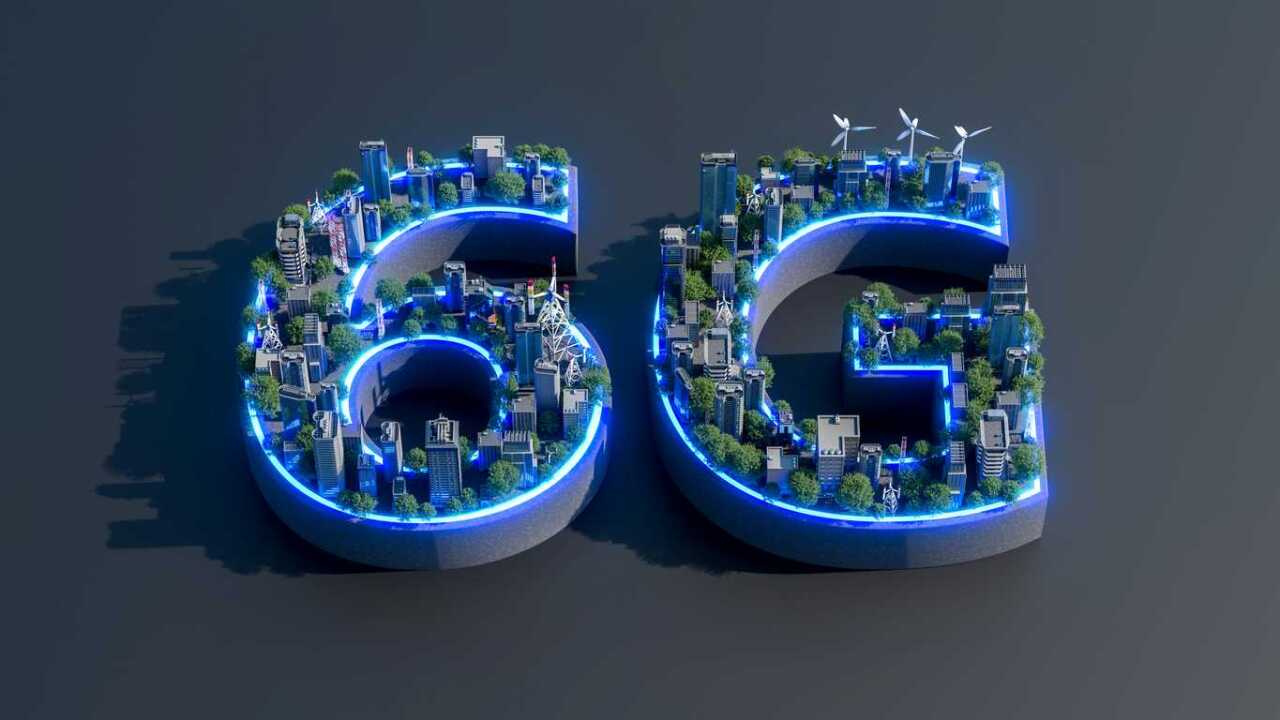“One of the possibilities when thinking about having a greater use of autonomous vehicles is to rethink that there will be no traffic lights in cities, since communication between devices brings a different order to how cities move today,” said Nicole Rodríguez, CTO vice president of AT&T Mexico.
On this subject, the German company Bosch is already working on the level of 6G connectivity for cars. This is being developed through a project called 6G-ICAS4Mobility which seeks to establish a closer connection between vehicles and the so-called Internet of Things (IoT).
6G can deliver speeds of up to 1 terabit per second, which could play a key role in allowing cars to interact with the environment and other vehicles. However, for the deployment of this network, 5G needs to grow further.
“We already have more territories in the world with this technology, but towards other networks such as 6G the transition in terms of infrastructure will be faster with massive 5G,” Rodríguez.
In the context of 6G-ICAS4Mobility, Bosch is currently investigating the technology in an industrial environment and is continuing to expand the project.
This new expanded network will allow, from now on, fully autonomous circulation in environments specially built for this purpose, such as factories or very specific areas of cities.
Its operation will actually be much simpler than expected: the set of elements located in a specific environment, such as a street, will be read through a series of sensors and radars attached to the vehicle itself.
At the same time, traffic lights and vehicles will be connected to each other through the 6G network and can also communicate with each other. In this way, a more precise digital image is created and a complete map of the environment in which they are located is digitally displayed.













![[Img #74842]](https://thelatestnews.world/wp-content/uploads/2025/01/Artificial-intelligence-in-eSports-Improving-player-performance-300x200.jpg)